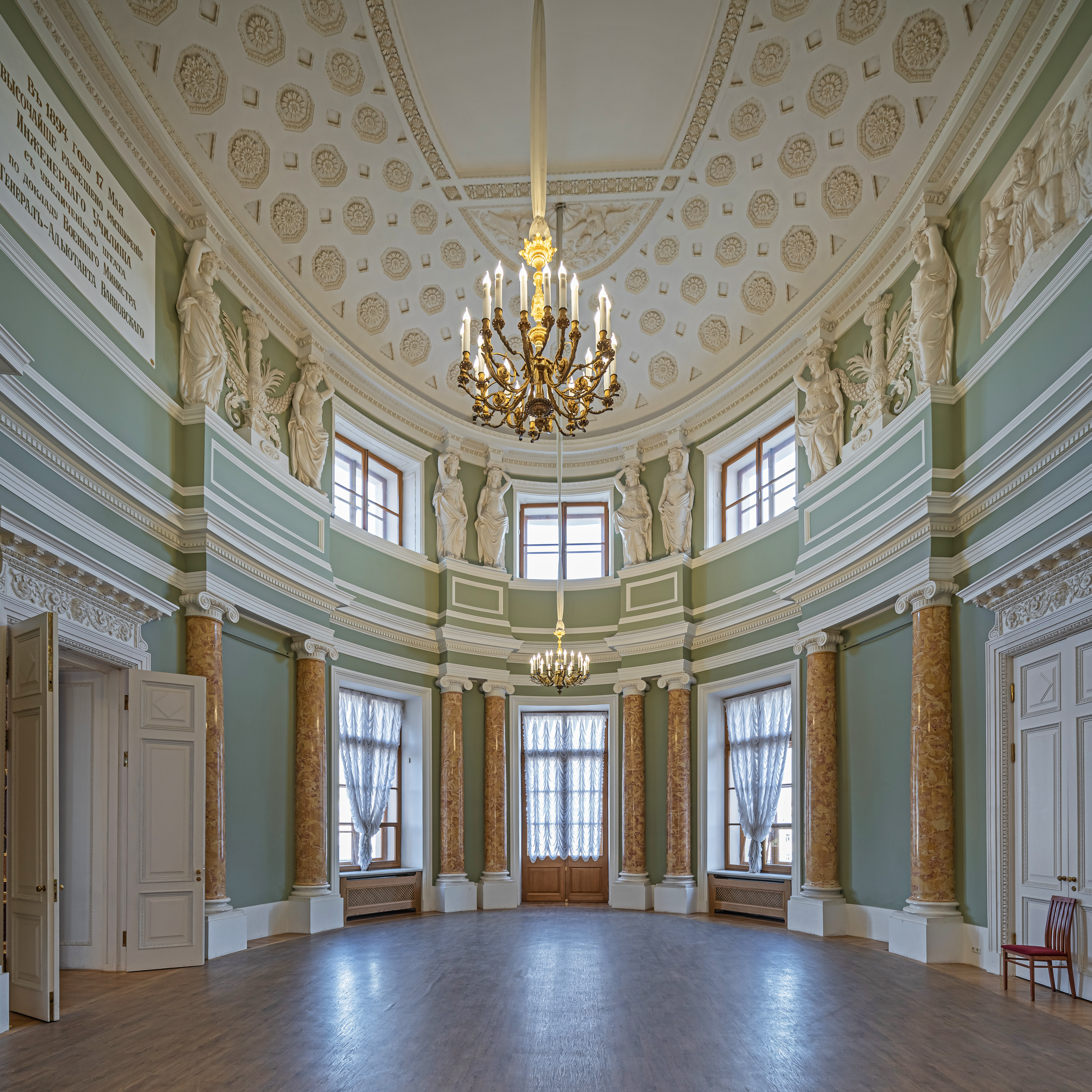|
St. Michael's Castle
Saint Michael's Castle (russian: Миха́йловский за́мок, ''Mikhailovsky zamok''), also called the Mikhailovsky Castle or the Engineers' Castle (russian: Инженерный замок, ''Inzhenerny zamok''), is a former royal residence in the historic centre of Saint Petersburg, Russia. Saint Michael's Castle was built as a residence for Emperor Paul I of Russia by architects Vincenzo Brenna and Vasily Bazhenov in 1797–1801. It was named for Michael (archangel), St Michael the Archangel, patron saint of the House of Romanov, royal family. The castle looks different from each side, as the architects used motifs of various architectural styles such as French Baroque and Classicism, French Classicism, Renaissance architecture, Italian Renaissance and Gothic architecture, Gothic. Saint Michael's Castle was built to the south of the Summer Garden and replaced the small wooden palace of Empress Elizabeth of Russia, Elizabeth Petrovna. Afraid of intrigues and assas ... [...More Info...] [...Related Items...] OR: [Wikipedia] [Google] [Baidu] |
Saint Petersburg
Saint Petersburg ( rus, links=no, Санкт-Петербург, a=Ru-Sankt Peterburg Leningrad Petrograd Piter.ogg, r=Sankt-Peterburg, p=ˈsankt pʲɪtʲɪrˈburk), formerly known as Petrograd (1914–1924) and later Leningrad (1924–1991), is the second-largest city in Russia. It is situated on the Neva River, at the head of the Gulf of Finland on the Baltic Sea, with a population of roughly 5.4 million residents. Saint Petersburg is the fourth-most populous city in Europe after Istanbul, Moscow and London, the most populous city on the Baltic Sea, and the world's northernmost city of more than 1 million residents. As Russia's Imperial capital, and a historically strategic port, it is governed as a federal city. The city was founded by Tsar Peter the Great on 27 May 1703 on the site of a captured Swedish fortress, and was named after apostle Saint Peter. In Russia, Saint Petersburg is historically and culturally associated with t ... [...More Info...] [...Related Items...] OR: [Wikipedia] [Google] [Baidu] |

